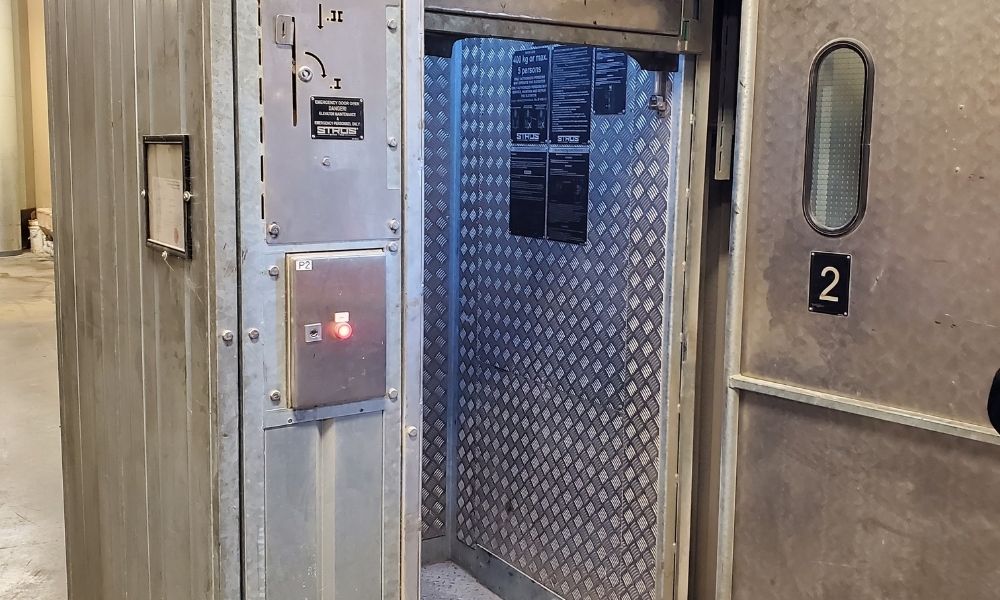Safety is a top priority on any construction site. From power tools to hazardous work zones to heavy machinery, things can go wrong in countless ways. Operating commercial manlifts is one of those opportunities for harm or property damage. To prevent potentially devastating injuries, falls, and damage to equipment or property, it is essential that users know how to stay safe while operating the platform.
Understanding the Lift’s Purpose
The first step in staying safe on a manlift is understanding what the machinery is designed to do. Commercial manlifts should be used for maintenance purposes or to haul workers in low-traffic access areas. These lifts are designed to carry workers and their tools only.
Proper Training
Before anyone steps on a manlift, they must undergo proper training. Your construction company may have its own training courses and protocol in addition to offering an OSHA lift compliance training course. UCEL also offers equipment-specific training and education for their industrial manlifts.
Obey the Rules
Rules are not an option on the construction site—they’re a requirement. A vital tip for safely operating a commercial manlift is to heed the rules. Rules are often established by the lift’s manufacturer, OSHA, and your construction firm.
Although many states don’t specifically require a manlift operator be trained a certain way by law, all states require a manlift owner or installer follow all manufacturer guidelines, and almost every brand’s instruction manual includes mandatory training of operators for their list of duties and hazard awareness. Conversely in the province of Quebec, Canada, an operator of a hoist or manlift must be a fully licensed elevator mechanic (even though sometimes the person installing the unit is not required to be, by law). This is an unusual requirement which is not seen anywhere else in North America. Be sure to review your state’s requirements before operating a manlift, or installing one.
Perform an Inspection
No one should operate a manlift that hasn’t been properly inspected. Each time a worker enters the manlift, they should perform a brief inspection which includes:
- Checking emergency and operating controls
- Checking outriggers (if applicable)
- Checking guardrails and liftgates
- Checking wheels and tires (if applicable)
- Ensuring there are no air or fuel leaks
- Ensuring fall protection gear is available, worn properly, and in top condition.
- Essential safety gear includes a full-body harness, connectors that are attached to a safe anchorage point, and connectors that attach the body harness to an anchorage point.
- Checking documentation to ensure the lift has been professionally inspected in the proper timeframe.
Evaluate the Surroundings
Workers can further increase their level of safety simply by surveying and being aware of their surroundings. Workers should be conscious of drop-offs, slopes, bumps, debris, and icy or muddy ground conditions when operating a maneuverable lift. Other aspects to keep in mind are power lines, cables, and other overhead hazards.
